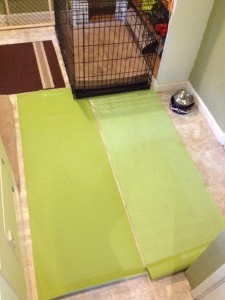I started SoloDogs in 2016 after my dog-reactive dog Sagan passed away. It was heartwarming to be able to help out other reactive-dog owners travel while knowing their dogs were safe and sound under my care. Eventually, it became time for me to get another dog of my own. I wanted to get a puppy to have the maximum opportunity to mold a little canine brain. The result of my search was Io (pronounced eye-oh), who is a Whippet.
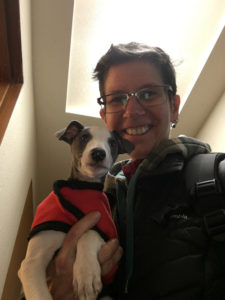
Here she is the first day I was to bring her home:
She’s now two and a half years old – and puppyhood is largely behind us. While some of my non-dog-reactive boarding clients were able to continue to be boarded with her, most could not, and although I was delighted to have a new puppy, I do miss them terribly.
Now as she approaches adulthood, I’ve got a good idea what types of dogs she prefers to spend time with. With this knowledge, it’s now time to relaunch SoloDogs to focus on just small dogs that are her size or smaller. While she does have some friends who are larger than she is, she definitely is a little apprehensive about larger unknown dogs, having been inadvertently body slammed one to many times during playtimes. So for this reason, I’m now going to target boarding small dogs 30 lbs or less. At least that’s my plan right now. 🙂
I do want to express my deep appreciation to all of my past reactive dog clients I’ve boarded over the years and am looking forward to meeting my new future small dog boarding clients.

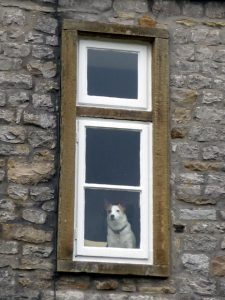
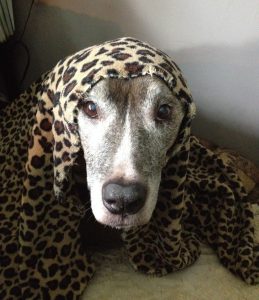
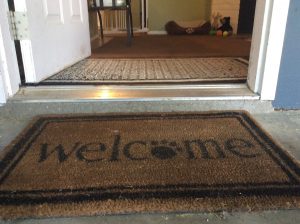
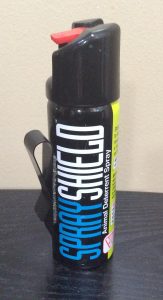 I love
I love 